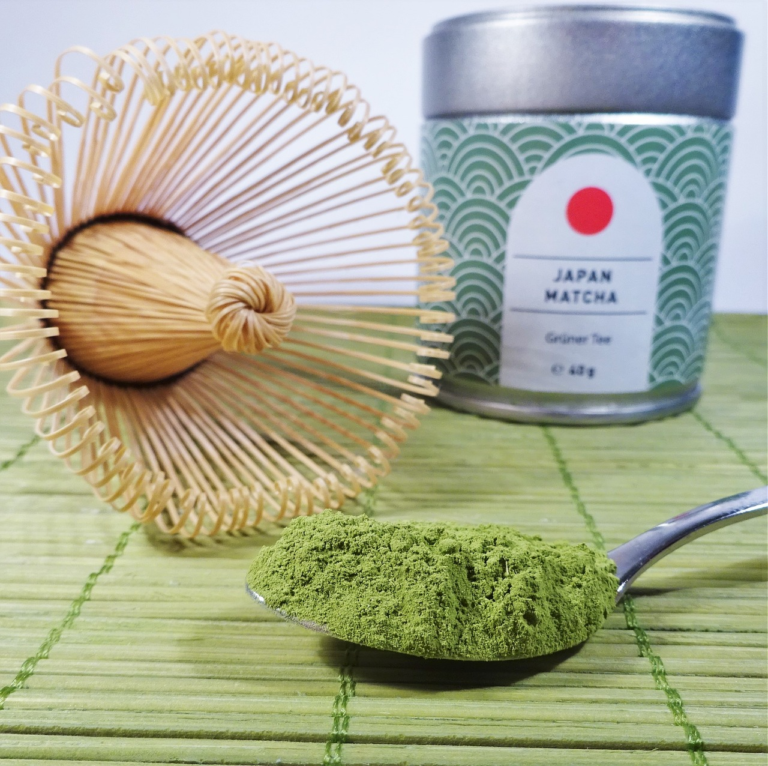Uses of Cetirizine Hydrochloride Tablets and Their Ayurvedic Alternatives
The struggle against allergies typically involves an endless cycle of discomfort, medication, and fleeting relief from the affliction itself. For many people, particularly during seasonal transitions or when exposed to allergens like dust and pollen, problems such as incessant sneezing, watery eyes, nasal obstruction, and itchy skin become another set of daily troubles.
In such instances, modern medical practice may suggest antihistamines, out of which one of the most prescribed is cetirizine.
A brief understanding of cetirizine hydrochloride tablet uses, as well as some Ayurvedic alternatives, can be drawn to appease those in search of both immediate and long-term relief.
Uses of Cetirizine Hydrochloride for Managing Inflammation
Cetirizine hydrochloride is an antihistamine medication that counteracts the effects of histamine, which triggers allergic responses. Histamine is a chemical produced by the body during allergic reactions; the objective of the drug is to counteract the histamine effect.
Cetirizine is primarily used for its quick relief in treating sneezing, skin itchiness, nasal discharge, and eye redness. It also acts well in chronic urticaria, characterized by recurring rashes that cause skin symptoms.
However, cetirizine hydrochloride has some mild side effects. The most common complaints are drowsiness, dizziness, dry mouth, and thirst. These side effects can be attributed to the action of cetirizine on the mucous membrane and mild suppression of the nervous system functioning (CNS).
Though cetirizine offers quick relief, it does not address the underlying cause of any allergy. It also does not provide any therapeutic effect toward improving long-term immunity against allergens.
The Ayurvedic Definition of Allergies
Ayurvedic insight defines allergies not just as an ordinary external reaction but as an internal disturbance arising from an impaired digestive fire, or Agni. Ayurveda states weak ‘Agni’ for an aggravated or deteriorated state of dosha, primarily Vata and Kapha.
A typical Kapha would show an excessive production of mucus, causing congestion and heaviness from the inside. On the other hand, a typical Vata disturbance would show an increase of irritants producing discomfort. Presumably, the elimination of these ‘dosha’ imbalances forms the crux of Ayurvedic management of allergies.
Ayurvedic Treatment with Emphasis on Diet
One of the initial steps in Ayurveda is to modify the person’s diet. To kindle the individual’s Agni and limit the accumulation of toxins, the dietary plan should consist of warm, freshly prepared, and easy-to-digest foods.
Spicy, dairy-based, or cold foods should be avoided, as they may otherwise aggravate Kapha and stimulate mucus formation. Meals with mildly sweet and bitter tastes can help calm inflammation and, therefore, reduce allergy attacks.
Herbal support is crucial in managing allergies through Ayurvedic medicine. Herbs like Tulsi, also known as holy basil, and Guduchi are well-known for their ability to modify immune responses and exhibit anti-inflammatory effects. Tulsi cleanses the respiratory tract and boosts defenses against allergens, while Guduchi is known for strengthening the immune system and detoxifying.
Final Words
Cetirizine hydrochloride tablets provide steady and swift relief but offer a short-term remedy. The Ayurvedic treatment is also known to fortify the body’s defense system.
The right combination of mindful eating, herbal remedies, and a healthy lifestyle can help alleviate symptoms and promote wellness.
Please note that Ayurvedic treatment must always be opted under strict observation and the recommendation of licensed physicians and Ayurvedic practitioners.








